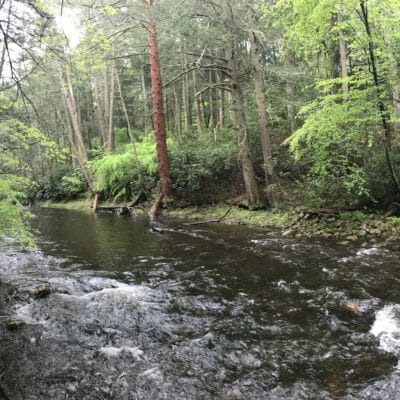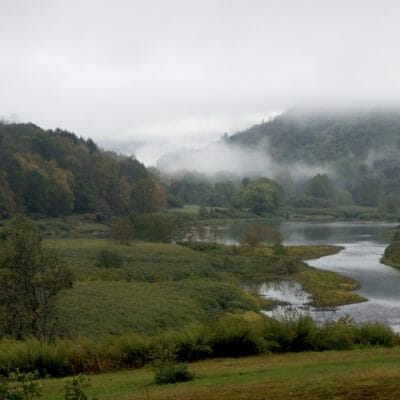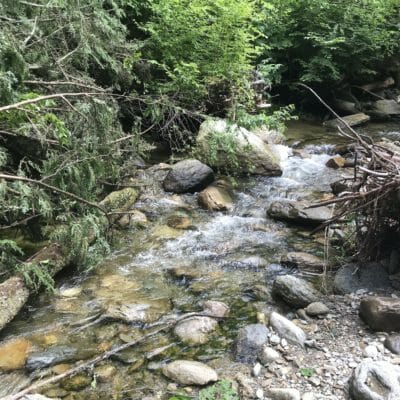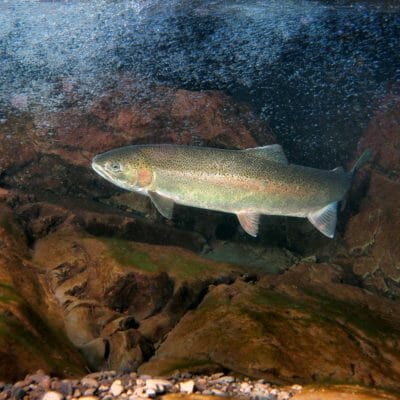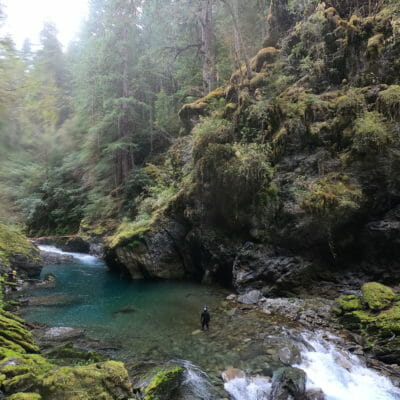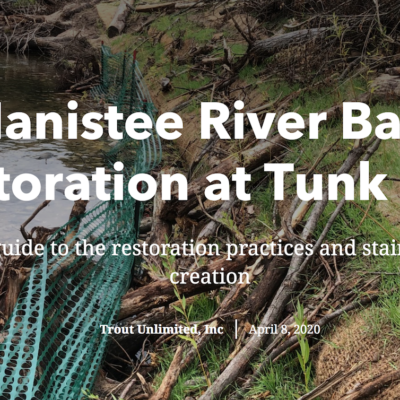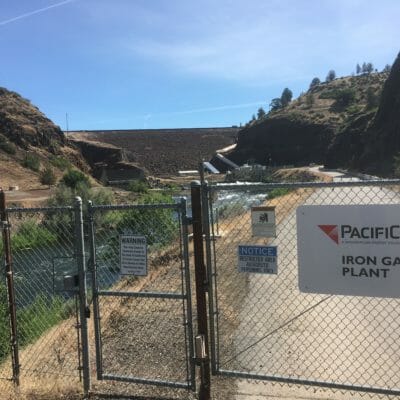More than 600 miles of streams in New Jersey have gained additional protections On April 7, the New Jersey Department of Environmental Protection (NJDEP) solidified a yearlong effort by Trout Unlimited and our partners to formally upgrade more than 600 miles of rivers and streams to Category One (C-1) protections, one of the strongest clean water protection standards offered in the Garden State. …
By Rob Shane For those in the Mid-Atlantic, or for anyone who’s been trout fishing long enough to have a bucket list of rivers, you’re certainly familiar with the Delaware River. Aside from being the source of drinking water for more than 15 million people in two of the largest cities in the United States (New York and Philadelphia), it…
Trout Unlimited has been awarded nearly $1.8 million for a suite of stream restoration efforts in Maine, New Hampshire and Vermont. The $1,795,495 award is from the Natural Resources Conservation Service through its Regional Conservation Partnership Program (RCPP). “I’m excited to announce the first RCPP awards under the 2018 Farm Bill,” said NRCS Chief Matthew Lohr. “Through collaboration and aligning our…
Summer run steelhead were thought to be extirpated in Washington’s Elwha River, after two dams blocked fish passage for a century. Both dams were removed by 2014. How wild summer steelhead responded amazed scientists and steelhead advocates. Check out the new film from Trout Unlimited and North Fork Studios on the remarkable recovery of summer steelhead in the Elwha on TU’s YouTube channel APRIL 17 AT 6 PM Pacific Time.
by Sam Davidson | April 13, 2020 | Featured
This is a special week for steelhead anglers, and others who care about the magnificent sea-run form of rainbow trout in its native range of the Pacific Northwest. On Friday at 5 p.m. PST, Wild Steelheaders United will launch “Rising from the Ashes,” a new film on the resurgence of summer steelhead in Washington’s Elwha…
Highlights of the important restoration work on the Manistee
On April 7, the long effort to restore the Klamath River and its once-prolific salmon and steelhead runs passed another major milestone when the California State Water Resources Control Board (SWRCB) issued its Clean Water Act Section 401 water quality certification for the removal of the Lower Klamath Project. The Lower Klamath Project includes the…
